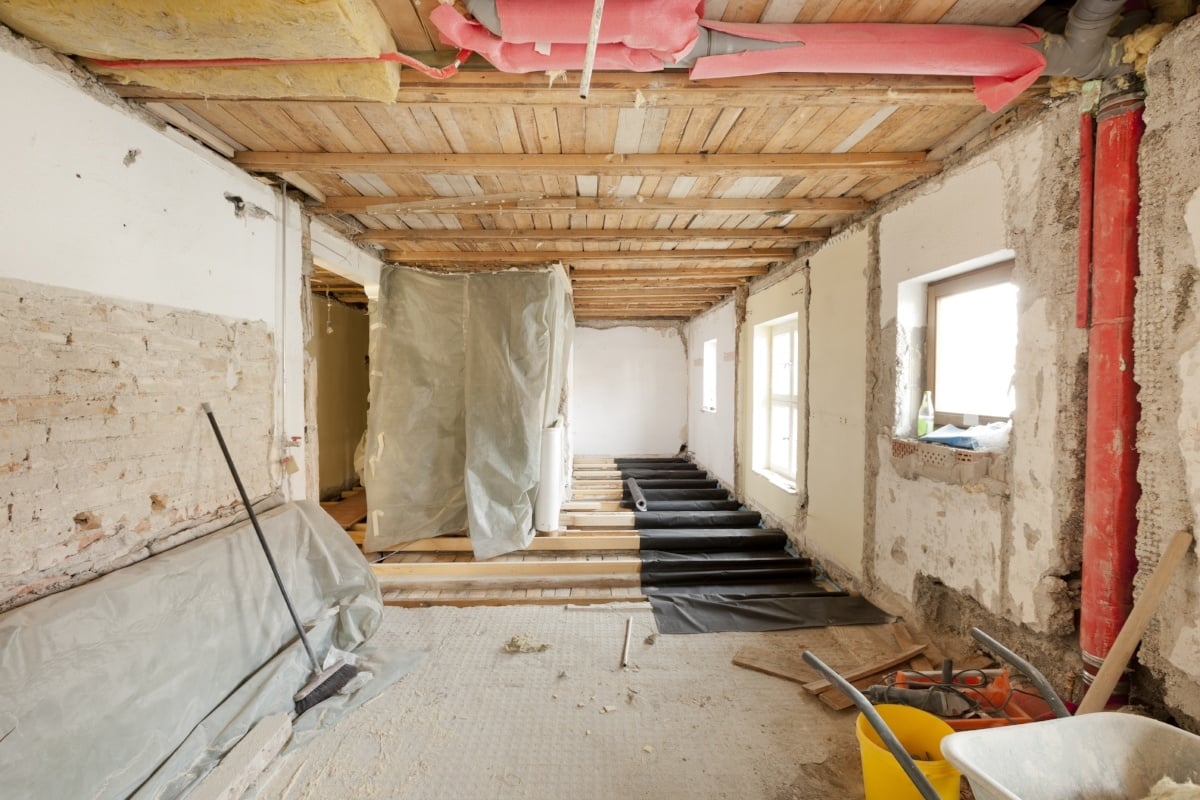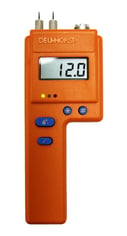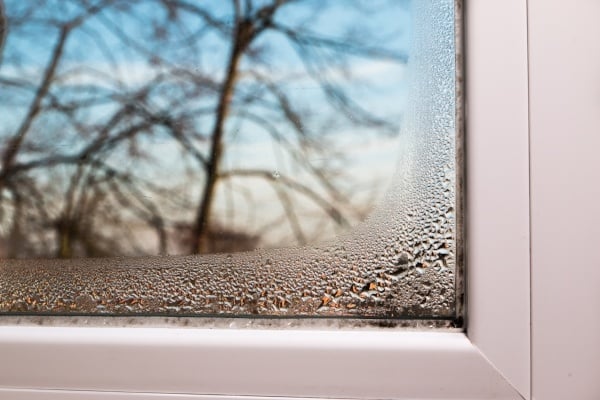Picking the Right Moisture Meter: What is Moisture Detection Range?

There are a lot of different factors to consider when picking a moisture meter. First off, what kind of work do you need the moisture meter for — restoration, woodworking, or home inspection? The type of meter you need will vary based on the kind of work you’re performing because of the materials you’ll be working with.
Other considerations include specific functionalities of the meter, such as its reading scale(s), whether it’s a pin or pinless meter, compatibility with extra electrodes and the like. One important factor in a moisture meter that shouldn’t be ignored is its moisture detection range within the reading scale(s) it uses.
What is Moisture Detection Range?
Moisture detection range, or “moisture range,” is an expression of the smallest and largest moisture content (%MC) values that the moisture meter can reliably detect. When the moisture levels in a material are higher or lower than the maximum and minimum detection range of the meter being used to check it, most meters will give you some kind of error message. This message should indicate whether the moisture content is too low or too high for the meter.
What Should the Moisture Range for My Meter Be?
When deciding between moisture meters based on their moisture detection range, consider the application you’re planning to use the meter for. The common materials that you’re going to use the meter for, and the ideal moisture ranges for your application, can significantly impact what you’ll want from your moisture meter.
For example, a wood pulp moisture meter for use in the paper industry might need to have a larger moisture range than a wood moisture meter for use in flooring installation—or two separate scales may have to be used (one for baled scrap paper and one for regular paper). This is because wood pulp in paper manufacturing needs to be saturated with moisture during the pulping process to help break it down, but then be extremely dry for the final manufacturing process. Wood floors, on the other hand, need to adhere to a relatively small window of moisture content percentages to prevent issues such as buckling, warping, or cupping.
Generally speaking, the broader the moisture detection range on a meter is, the better.
Some meters have a reference scale, which doesn’t have a moisture range per se. Instead, this scale provides a qualitative, or comparative, measurement of moisture on a semi-arbitrary range of values, such as a 0-100 scale or a 0-300 scale. While useful for getting a general indication of moisture in many different materials, it’s not as useful for getting precisely-documented moisture readings.
Why Moisture Detection Range Matters
 The primary reason that moisture detection range matters is that it has an impact on your ability to get precise moisture content readings that you can rely on. When the moisture content of the material you’re testing is too high or low for your meter’s detection range, the error message doesn’t provide the specific information you need—you just know that it’s lower or higher than the meter’s detection range.
The primary reason that moisture detection range matters is that it has an impact on your ability to get precise moisture content readings that you can rely on. When the moisture content of the material you’re testing is too high or low for your meter’s detection range, the error message doesn’t provide the specific information you need—you just know that it’s lower or higher than the meter’s detection range.
Some materials are incredibly sensitive to moisture. For example, drywall can begin to degrade if its moisture content rises above just 1%. So, a drywall moisture meter needs to have an incredibly low minimum moisture detection value. This is why Delmhorst’s BD-2100 meter has a minimum detection value of 0.2% MC for its drywall scale, and a maximum value of 50%.
Want to know more about how to make sure you’re getting accurate moisture measurements from your moisture meters? Check out our free moisture meter accuracy guide at the link below!
Subscribe to Our Blog
Post Related

Checking Insulation with Restoration Moisture Meters


